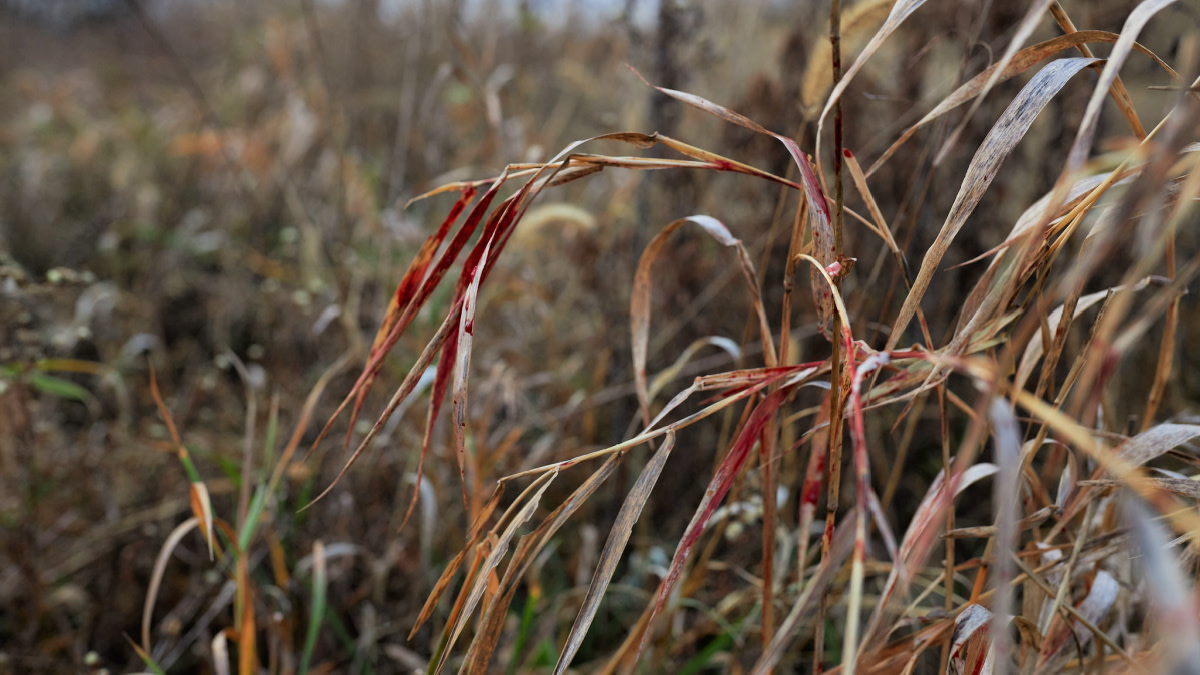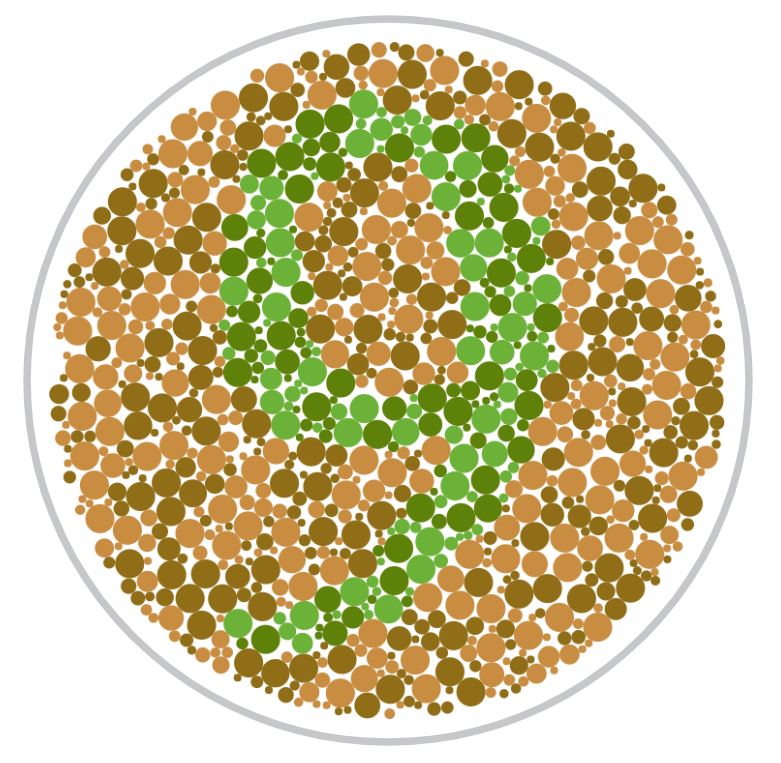
I’m a hunter and I’m colorblind. For a guy who has to follow a lot of blood trails, this is not a good combination. But I’m not alone.
According to reports from San Francisco State University, about 5% of females and 8% of males have some form of colorblindness. This means there are likely hundreds of thousands of hunters across the country attempting to track wounded game every year while struggling to see the color red.
If you fall into this camp, don’t lose all hope. Here’s how I’ve learned to blood trail while colorblind.
The Reality of Colorblindness
To be clear, being “colorblind” does not mean that a person can’t see color at all, it simply means that it’s more difficult to see certain colors in certain conditions.
“Inside the eye, there are three different photo pigments inside the cones—red, green, and blue,” the SFSU report reads. “When mixed together, the absorption of the three different types of cones creates our color vision. When one of the three cones does not work properly, the absorption of the person’s color vision changes.”
The most common version of this kind of change is red-green colorblindness, known as deuteranomaly. This is what I experience. Most of my life I had no idea I was affected, but upon taking a Ishihara colorblind test in adulthood I discovered that I saw the world a little differently than everyone else. While I see a fully colored world, I now know that certain hues of red and green are dampened for me in low light conditions.
In particular, red doesn’t pop against certain backdrops or when it’s not well lit. This makes blood trailing a particularly tricky endeavor, especially if the blood crosses a field of green.

Get a Friend
I recently asked expert deer hunter Mark Drury, who also deals with red-green colorblindness, how he manages this challenge. For him, the solution is simple. “Take people whose eyes are better than yours and enlist their help while tracking,” he said. “It can save you a lot of time and heartache.”
I’ve tracked and recovered plenty of deer on my own, but it’s always easier and faster when I have a non-colorblind friend with me. Mark’s plan is often my first option. If there’s any possibility of getting an extra set of eyes on a blood trail, do it, even if it means waiting a little longer to track or covering some gas money.
Helpful Equipment
That said, getting help is simply not always possible. The first thing I do when taking up a blood trail solo is to ensure I have the right equipment.
Most important for me is a very high lumen flashlight. The brighter the light, the more that blood stands out. I’ve also tried a Bloodhunter HD light from Primos, which uses a specially colored beam to achieve better contrast with blood. Another tool that I haven’t used, but Mark Drury recommends, is an infrared scope, which can show the heat signature of blood or a downed big game animal.
A final tool of importance is a mapping application on my phone to plot my travel as I go, such as the tracking feature on the OnX Hunt app. This helps me visualize the trajectory of the deer and, if I lose blood, I can more clearly see where I need to return to and what areas still need to be searched.
On the Trail
Once on the trail, the key is to go slow and stay low. To folks like me, tiny blood drops can at times look more brown than red. To spot something like this you need to really take your time and get as close to the blood as possible. If I spot something that appears possibly blood-like, I’ll get down closer and study it carefully. When I zero in on a specific leaf or blade of grass and look at the sign in question, the red color usually becomes visible, but I need to be focused on it for that to happen.
Most importantly, when searching for blood I don’t depend on spotting the color of blood so much as the shape of it. I’ve found that blood drops, sprays, and smears have certain characteristic shapes and patterns on grass and dirt. I’ve trained myself to key on these cues, as well as the sheen of still-wet blood. Once I see something that looks like a potential blood splotch, I get down close and pick up the leaf or grass in question for confirmation.
This has been the true revelation for me and my key to finding and tracking blood while colorblind. But this takes time and experience. If you share this condition, I’d encourage you to tag along for as many blood trails as possible and practice picking out these shapes, smears, and drops.
Get a Dog
If I take my time and follow the process above, I usually can find a dead deer just fine. But sometimes, whether because of the hit or weather or just bad luck, a blood trail can become more challenging. If and when I find myself hitting a dead-end, my last option to explore before going into a full-blown grid search mode is to use a tracking dog.
Tracking dogs can work miracles, but you must consider two important things before calling one in. First, they’re not legal in all states, so be sure to check your regulations. Second, a tracking dog is most effective when the track and the area around it has not been fouled with human scent. For this reason, it’s always better to call a dog earlier than later. If I’ve lost confidence in my ability to locate a deer, I’ll always call in a dog handler before beginning a random body search. A hound’s nose is better than my colorblind eyes.
Low, Slow, and Shapes
Colorblind hunters can certainly shoot, track, and recover big game animals just fine—hundreds of thousands of us do it every year. But it does take an extra degree of care. If you prepare accordingly, take your time, and put in the effort necessary, those dull, reddish-brown blood trails will have a happy ending.
Feature image via Captured Creative.



